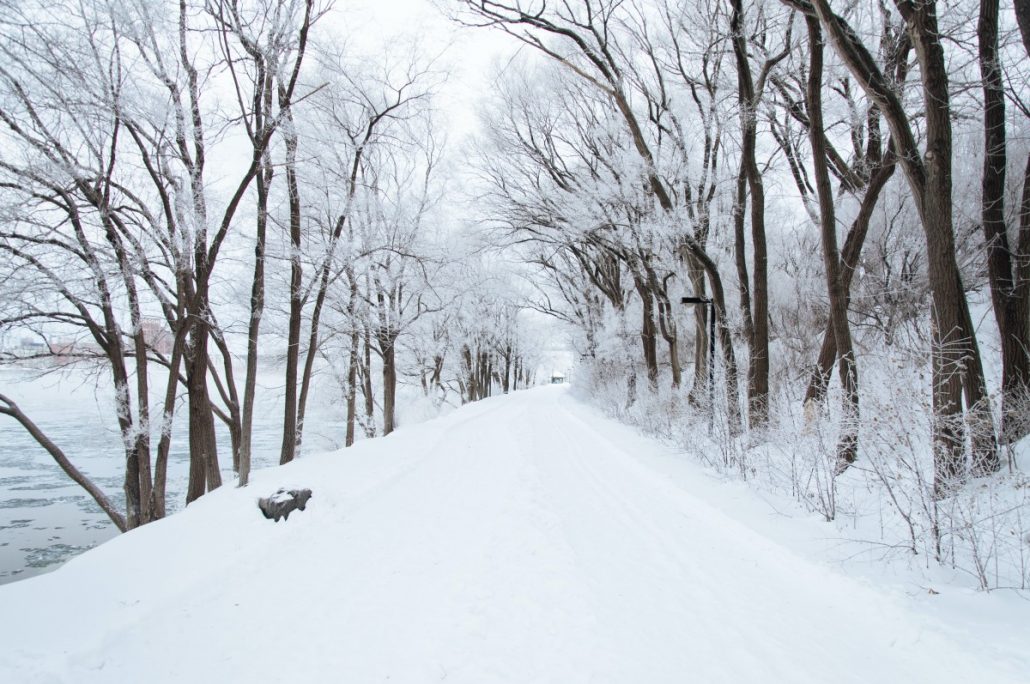Blackout continues in Texas, as Republicans blame everything but the real problem
by Mark Sumner
This story has been republished from Daily Kos
Millions of homes in Texas are still without power as a prolonged blackout continues. Meanwhile, the temperature in Austin, Texas, is expected to approach freezing for the first time in days … as the city is hit by a massive ice storm that’s expected to bring down trees and power lines. As a bonus, the cold weather has also broken water lines in multiple Texas towns and cities. In some areas, the prolonged outage has become genuinely life-threatening.
Fox News and Republican politicians—including Texas Gov. Greg Abbott—have been taking this “opportunity” to attack Texas’ use of wind energy, call for the burning of more fossil fuels, and to make claims that green power is “deadly.” However, the statistics provided by Texas own grid managers show that wind continues to produce more power than projected for this time of year, with the great majority of outages in exactly the gas- and coal-based plants that Fox has been touting.
Meanwhile, far from being off line, wind generators are enjoying a fat payday. Thanks to the way power prices fluctuate in Texas, Bloomberg reports that a 100Mw windfarm that could normally expect to clear $40,000 on any two days in February, instead racked up over $9.5 million on Monday and Tuesday thanks to record spikes in Texas power market.
In 2003, Australia installed a pair of wind turbines at its Mawson Research Station in Antarctica. One of those turbines failed … after 14 years of operating in extreme conditions where temperatures are regularly far below zero and winds exceed 100 mph. The other turbine is still operating, providing 300 kW to power the research post.
At the opposite end of the world, Norway installed a pair of 100Mw turbines in Svalbard, the most northerly town in the world. Further south, but still within the Arctic circle, the fishing and tourist town of Havøysund, Norway, is home to Arctic Wind. Greenland also has been moving to wind power since 2008.
And in the United States, anyone traveling along Interstate 94 through North Dakota can’t help but notice that the area is graced by more than 1,500 wind turbines generating over 3,000 Mw of energy. The temperature in Dallas might have reached 24 degrees on Tuesday, but it was -1 in Fargo. North Dakota’s wind turbines kept right on cranking.
In short—wind turbines operate reliably, year in and year out, in conditions far worse than those currently being experienced in Texas. Yes, there are some turbines currently down for maintenance in Texas, but with 10,700 turbines operating, there are always turbines down for maintenance. The current number doesn’t seem to be any higher than normal. In fact, while many sources are citing wind as accounting for 13% of the 30 gigawatts of power currently offline in Texas, that’s only true if you count the rated power of every turbine offline and ignore the fact that the operating turbines are actually producing well over their projected rate.
If the wind turbines aren’t frozen, then what is? Gas pipelines. Unlike pipelines in Alaska or the Dakotas, those connected Texas fields with storage facilities and power plants are above ground and uninsulated. Methane doesn’t actually liquify until it hits a temperature that even Antarctica can’t match, but what’s in a natural gas pipeline is far from pure methane. It usually includes fluids involved in drilling and fracking as well as a good deal of water vapor. As a result, when those pipelines get cold, they can develop a kind of methane-saturated sludge that severely restricts the flow.
At the same time the pipelines are producing less, demand is going up. Not only is natural gas used at power plants, it’s used directly in home and business heating. So everyone wants the gas, just as it’s getting more difficult to move. That definitely is happening in Texas. The result is both shortages that have either taken plants offline or reduced their rate of production, while at the same time driving the spot price for natural gas through the roof. Gas that sold for $4/MMBtu last week, hit $500 over the weekend and $1,000 on Tuesday.
Coal plants are also having difficulty. Almost all the coal burned in Texas is sub-bituminous from the Powder River Basin in Wyoming, or lignite from Texas’ own fields. Both grades of coal are high in moisture. And since coal is generally shipped in open cars and often stored outside in stockpiles, also subject to local weather. Frozen coal can be hard to remove from train cars, difficult to move down conveyor belts, and clog the crushers that are used to ready it for furnaces. In addition, coal plants and gas plants are steam plants, meaning that they require huge amounts of water. That water also moves around in pipes. When those pipes are exposed and uninsulated, they freeze.
The freezing temperatures in Texas may be a record in some locations, but they were not a surprise. Forecasters could see this wave of extreme cold coming for weeks before it arrived. Even so, there appears to have been no effort made to prepare Texas’ power grid for the surge of demand that would come when all that cold air reached all those millions of homes. It appears that way … because it was that way.
As The Washington Post makes clear, natural gas is by far the largest contributor to the current power shortfall in Texas. The reason is simple lack of preparation that has nothing to do with engineering. It’s simply the system of incentives put in place by the Electric Reliability Council of Texas (ERCOT) and how Texas created a “Wild West market design based only on short-run prices.” No one prepared because there is no money in preparing. The market is designed to capitalize on high-demand situations, and—as the mid-sized wind farm back at the outset of this article illustrates—situations that are miserable for Texas consumers can be wonderful for Texas operators.
It’s no wonder that Fox News is claiming that the “Green New Deal” is killing Texas, even though that legislation has never been passed. And it’s no secret why Abbott and others want to find a convenient scapegoat that lets them announce “investigations” that have no intention of changing a thing. Texas’ power grid is not only operating as designed, it’s a showcase of Republican plans for deregulation and “free markets.”
They can’t admit the truth, because what they want is more. Not more power. More of the same system that’s keeping Texas in the dark.





















2021
2,742 views
views
0
comments